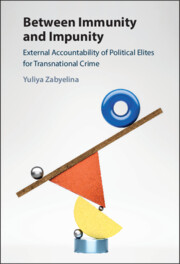Mesoamerica is the world's third largest biodiversity hotspot and has c. 4,000 wildlife species protected under CITES. Despite the high biodiversity in the region, there is limited global attention, data and funding for conservation. The continued exploitation of wildlife species for the trade requires a more proactive approach to address emerging trends, and low-cost and effective solutions to prevent species decline. Over a 5-month period in 2017, we used expert-driven horizon scanning, facilitated online, to identify emerging trends of the illegal wildlife trade in Mesoamerica. We found that the main emerging trends included digital and technological advancements, greater regional access to the global community, developments in trafficking techniques and growing demand for certain species. Our findings demonstrate that horizon scanning can be used as a tool for identifying emerging trends of illegal wildlife trade in data-poor contexts. We recommend that horizon scanning is used regularly for systematic monitoring of trends and to prioritize resources for immediate and emerging trends in illegal wildlife trade.

